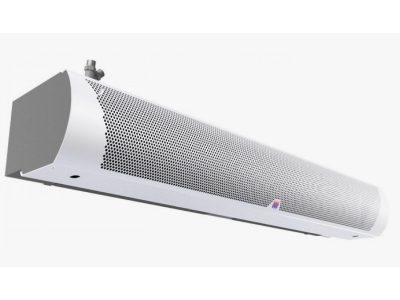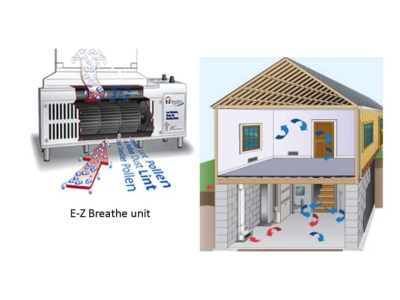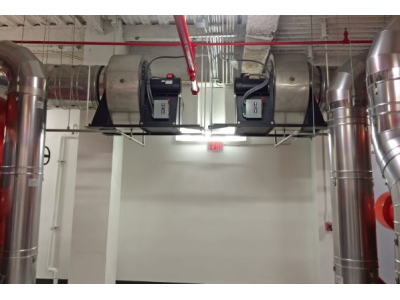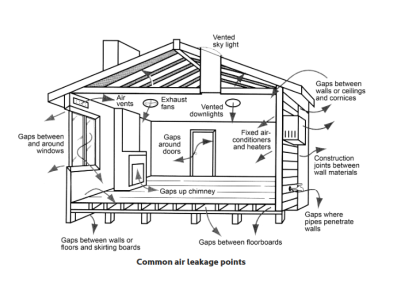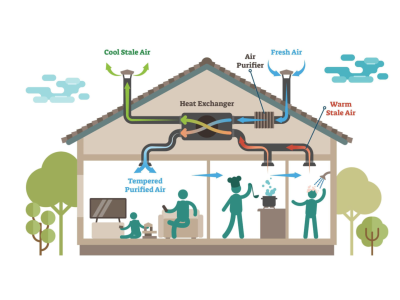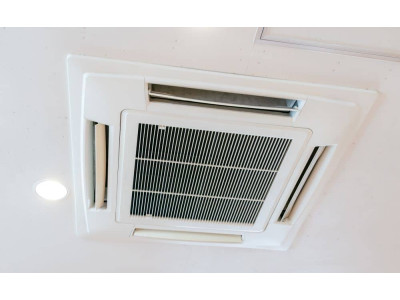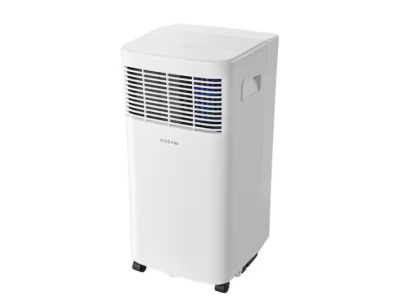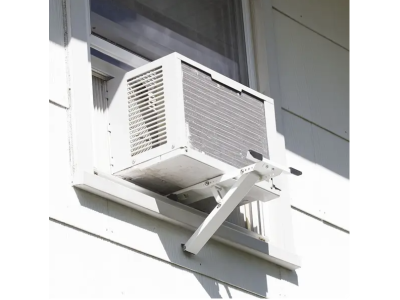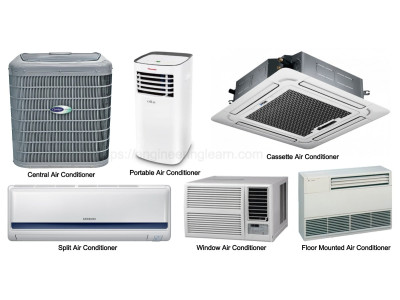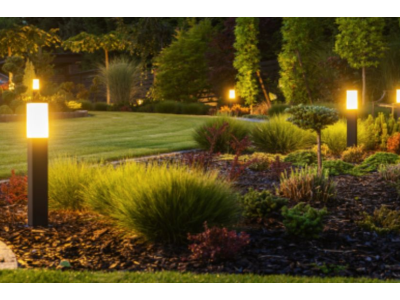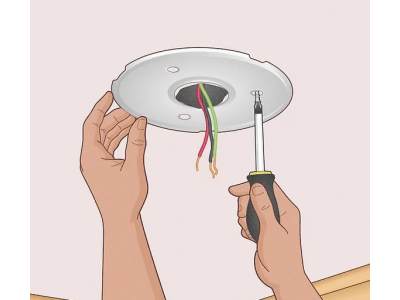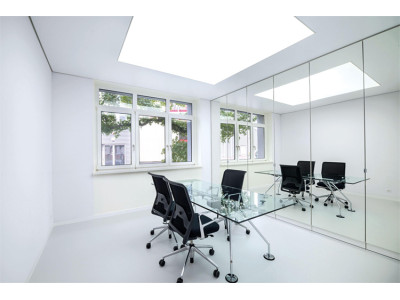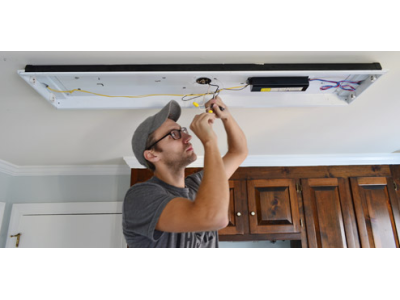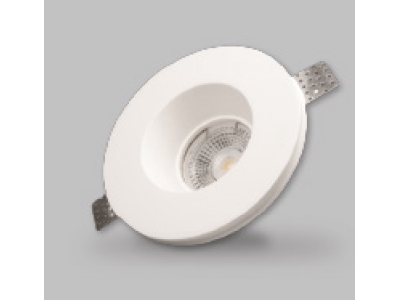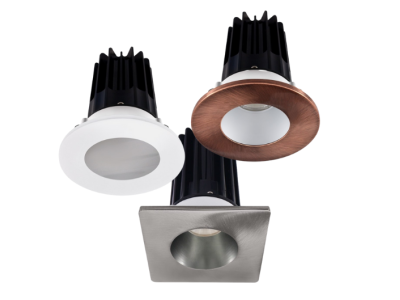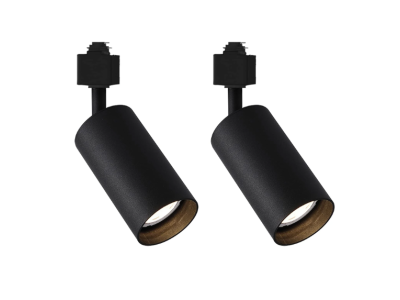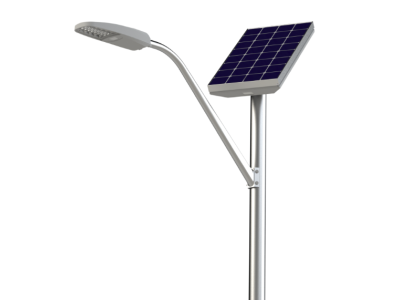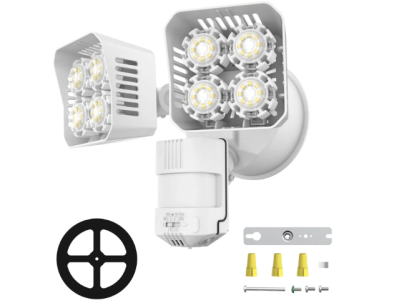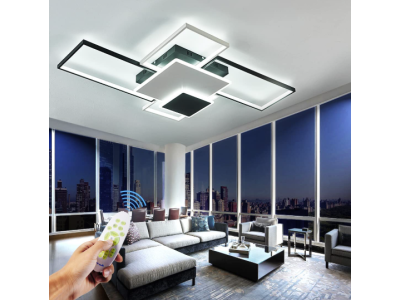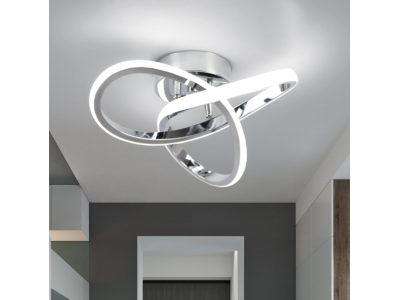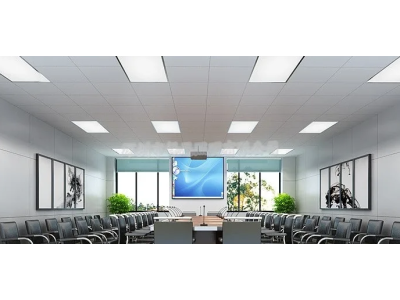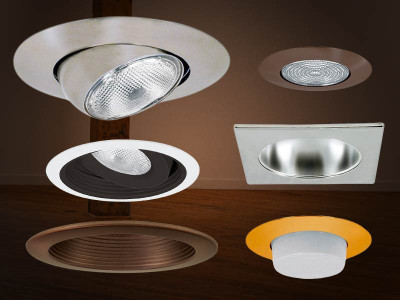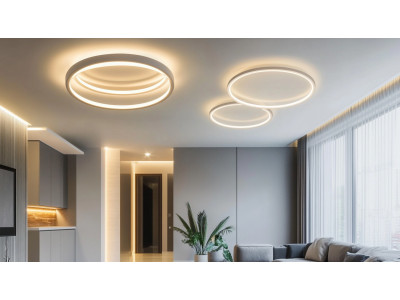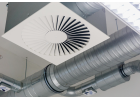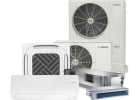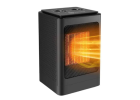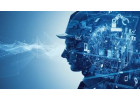
What Are Engineering-Technical Systems?
Engineering-Technical Systems (ETS) are the backbone of a civilized society, enabling the seamless operation of both residential and commercial environments. These systems are the result of the expertise and skills of experienced professionals, reflecting the level of development and quality of life within a community.
Definition and Purpose of ETS
Engineering-Technical Systems (ETS) encompass the specialized equipment installed in both industrial facilities and residential buildings. Their primary purpose is to ensure a comfortable and safe living environment by addressing various human needs and enhancing overall quality of life.
Key Functions of ETS:
- Comfort Creation: Provides essential amenities that make living spaces comfortable and functional.
- Safety Assurance: Protects buildings and their occupants from hazards such as fires, floods, and unauthorized access.
- Environmental Control: Maintains optimal conditions through systems like lighting, ventilation, and climate control.
Without these comprehensive systems, buildings would lack the necessary infrastructure to support modern living, making ETS indispensable for both urban and rural settings.
Types of Engineering-Technical Systems
Both inside and outside buildings, various engineering networks are established to manage energy resources, remove unwanted substances, or perform protective functions. The following are the primary types of ETS:
1. Electrical Power Supply
Electrical power supply systems are crucial for maintaining normal living conditions. They consist of components that generate, transform, and deliver electricity to consumers. Key elements include substations, transmission lines, and distribution devices. Reliable power supply is fundamental for the operation of other ETS.
2. Heating Systems
Maintaining appropriate indoor temperatures is essential for comfort and health. Heating systems can be centralized or localized, utilizing different energy sources. Core components include heat generation devices, distribution channels (such as ducts or pipes), and end-user appliances like radiators.
3. Ventilation and Air Conditioning (HVAC)
Ventilation systems remove contaminated air and introduce fresh air, while air conditioning systems regulate temperature and humidity levels. Both systems use specialized equipment to ensure air quality and comfort within buildings.
4. Water Supply and Sewage Systems
Water supply systems provide essential services such as cooking, bathing, and cleaning. They include water intake structures, piping networks, and delivery devices. Sewage systems manage the removal and treatment of wastewater and stormwater, ensuring sanitary conditions.
5. Gas Supply Systems
Gas supply systems deliver natural gas to residential and commercial buildings for heating, cooking, and other applications. These systems ensure safe gas delivery through a network of pipelines, maintaining appropriate pressure levels and incorporating safety measures.
6. Outdoor Lighting
Outdoor lighting systems enhance safety and visibility during nighttime. They are installed on poles, buildings, and other structures, providing illumination for streets, parking areas, and public spaces.
7. Communication and Signaling Systems
Communication systems enable television, telephone, internet, and radio services, while signaling systems alert occupants to emergencies. Both rely on low-voltage infrastructure, including cables and wiring, to function effectively.
Key Requirements for Engineering-Technical Systems
When designing and implementing ETS, it is essential to ensure the following:
- Reliability: Equipment must function consistently and withstand emergency situations.
- Quality of Resources: High-quality materials and services are necessary to maintain system integrity.
- Energy Efficiency: Systems should adhere to energy-saving principles to minimize environmental impact and reduce operational costs.
Network Installation Considerations:
- Environmental Factors: Account for outdoor infrastructure and terrain variations.
- Technical Specifications: Ensure proper sizing and routing of cables and conduits to meet system demands.
- Safety Standards: Comply with relevant safety codes and regulations to protect users and infrastructure.
Conclusion
Engineering-Technical Systems are integral to modern living, providing essential services that ensure comfort, safety, and efficiency. From electrical power and heating to communication and safety systems, ETS support the infrastructure that sustains both urban and rural communities. For reliable and high-quality ETS solutions, visit safsale.com and explore our comprehensive range of products designed to meet your specific needs.
